Gorakhnath (also known as Goraksanath,[3] c. early 11th century) was a Hindu yogi, saint who was the influential founder of the Nath Hindu monastic movement in India[4] He is considered one of the two notable disciples of Matsyendranath. His followers are called yogis, Gorakhnathi, Darshani or Kanphata.
He was one of nine saints also known as Navnath and is widely popular in Maharashtra, India. Hagiographies describe him as more than a human teacher and someone outside the laws of time who appeared on earth in different ages. Historians state Gorakhnath lived sometime during the first half of the 2nd millennium CE, but they disagree in which century. Estimates based on archaeology and text range from Briggs’ 11th to 12th century to Grierson’s estimate of the 14th century.
Gorakhnath is considered a Maha-yogi (or great yogi) in the Hindu tradition. He did not emphasise a specific metaphysical theory or a particular Truth, but emphasised that the search for Truth and the spiritual life is a valuable and normal goal of man. Gorakhnath championed Yoga, spiritual discipline and an ethical life of self-determination as a means to reaching samadhi and one’s own spiritual truths.
Gorakhnath, his ideas and yogis have been highly popular in rural India, with monasteries and temples dedicated to him found in many states of India, particularly in the eponymous city of Gorakhpur.
Biography
Historian accounts
Historians vary in their estimate on when Gorakhnath lived. Estimates based on archaeology and text range from Briggs’ 11th to 12th century[7] to Baba Farid documents and Jnanesvari manuscripts leading Abbott to connect Gorakhnath to the 13th century, to Grierson, who, relying on evidence discovered in Gujarat, suggests the 14th century. His influence is found in the numerous references to him in the poetry of Kabir and of Guru Nanak of Sikhism, which describe him as a very powerful leader with a large following, thereby suggesting he likely lived around the time these spiritual leaders lived in India.
Historical texts imply that Gorakhnath was originally a Buddhist in a region influenced by Shaivism, and he converted to Hinduism championing Shiva and Yoga. Gorakhnath led a life as a passionate exponent of ideas of Kumarila and Adi Shankara that championed the Yogic and Advaita Vedanta interpretation of the Upanishads. Gorakhnath considered the controversy between dualism and nondualism spiritual theories in medieval India as useless from practice point of view, he emphasised that the choice is of the yogi, that the spiritual discipline and practice by either path leads to “perfectly illumined samadhi state of the individual phenomenal consciousness”, states Banerjea.
Hagiographic accounts
The hagiography on Gorakhnath describe him to have appeared on earth several times. The legends do not provide a time or place where he was born, and consider him to be superhuman. North Indian hagiographies suggest he originated from northwest India (Punjab, with some mentioning Peshawar). Other hagiographies on Gorakhnath in Bengal and Bihar suggest he originated from eastern region of India (Assam).
These hagiographies are inconsistent, and offer varying records of the spiritual descent of Gorakhnath. All name Adinath and Matsyendranath as two teachers preceding him in the succession. Though one account lists five gurus preceding Adinath and another lists six teachers between Matsyendranath and Gorakhnath, current tradition has Adinath identified with Lord Shiva as the direct teacher of Matsyendranath, who was himself the direct teacher of Gorakhnath.
Nath Sampradaya
The Nath tradition states that its traditions existed before Gorakhnath, but the movement’s greatest expansion happened under the guidance and inspiration of Gorakhnath. He produced a number of writings and even today is considered the greatest of the Naths. It has been purported that Gorakhnath wrote the first books on Laya yoga. In India there are many caves, many with temples built over them, where it is said that Gorakhnath spent time in meditation. According to Bhagawan Nityananda, the samadhi shrine (tomb) of Gorakhnath is at Nath Mandir near the Vajreshwari temple about one kilometre from Ganeshpuri, Maharashtra, India. According to legends Gorakhnath and Matsyendranath did penance in Kadri Temple at Mangalore, Karnataka. They are also instrumental in laying Shivlingam at Kadri and Dharmasthala.
The temple of Gorakhnath is also situated on hill called Garbhagiri near Vambori, Tal Rahuri; Dist Ahmednagar. There is also a famous temple of Gorakhnath in the state of Odisha.
Gorakhnath Math
Gorakhnath mandir in Gorakhpur, India
The Gorakhnath Math is a monastery of the Nath monastic group named after the medieval saint, Gorakhnath (c. 11th century), of the Nath sampradaya. The math and town of Gorakhpur in Uttar Pradesh is named after him. The monastery and the temple perform various cultural and social activities and serve as the cultural hub of the city. The monastery also publishes texts on the philosophy of Gorakhnath.
The math was established in the late 18th century with simultaneous grants of land to muslim holy man, Baba Roshan Ali Shah and Baba Gorakhnath by the Asaf-ud Daula, the Nawab of Awadh.The tomb of Roshan Ali and the Gorakhnath temple on the opposite sides of the city form the core of the identity of Gorakhpur.The math is situated in a Muslim majority area, and until 1980s the Math asyncretic identity with devotees and visitors from diverse communal background.










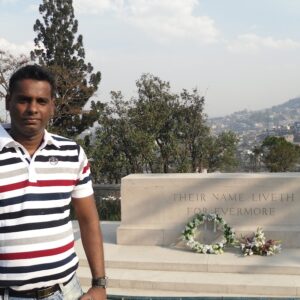
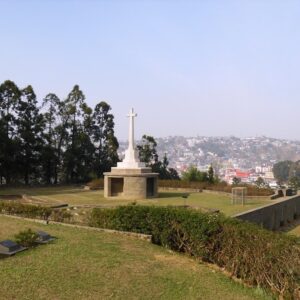
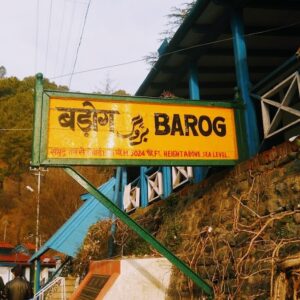
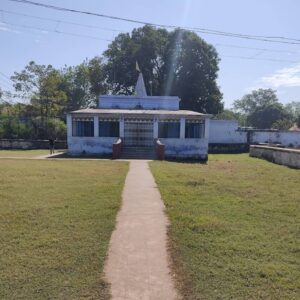


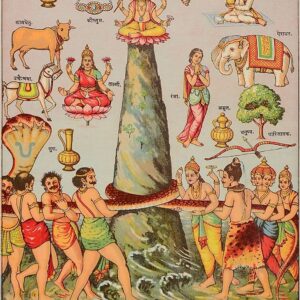

Reviews
There are no reviews yet